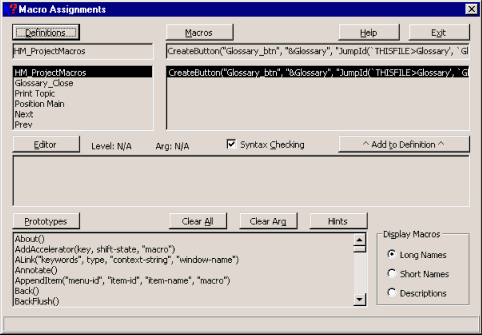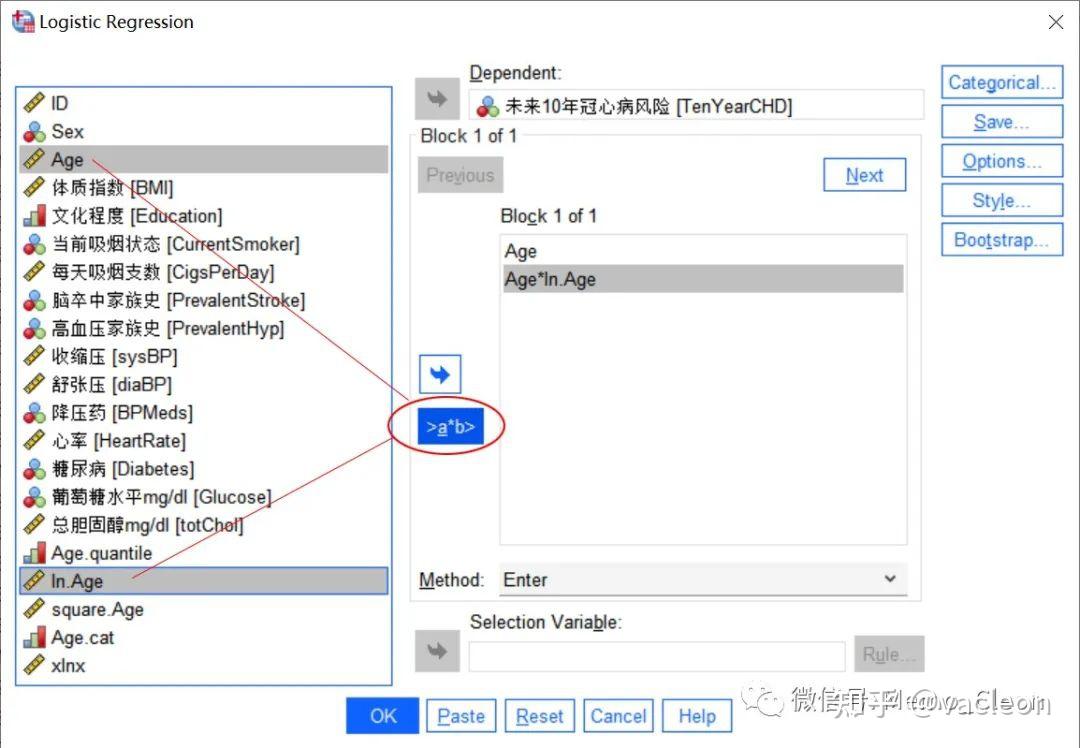

That if the model is properly specified, one should not be able to find anyĪdditional predictors that are statistically significant except by chance. The Stata command linktest can be used to detect a specificationĮrror, and it is issued after the logit or logistic command. Model has all the relevant predictors and if the linear combination of them is In practice, we are more concerned with whether our In either case, we have a specificationĮrror. The misspecification of the link function is usually not too severeĬompared with using other alternative link function choices such as probit It could happen that the logit function as the link function is not theĬorrect choice or the relationship between the logit of outcome variable and the Variables that should not be in the model, and the logit function is a linear combination Relevant variables, that we have not included any

Secondly, on the right hand side of the equation, we We assume that the logit function (in logisticĬorrect function to use. First, consider the link function of the outcome variable on the Two aspects, as we are dealing with the two sides of our logistic Variable is a linear combination of the independent variables. When we build a logistic regression model, we assume that the logit of the outcome In this chapter, we are going to continue to use the apilog dataset.
#Box tidwell macro definition how to#
In thisĪssess model fit, how to diagnose potential problems in our modelĪnd how to identify observations that have significant impact on model fit or

Influential observations that have impact on the estimates of the coefficients. Need to check that our model fits sufficiently well and check for Therefore, before we can use our model to make any statistical inference, we Regression analysis are not met, we may have problems, such as biased coefficientĮstimates or very large standard errors for the logistic regressionĬoefficients, and these problems may lead to invalid statistical inferences. In order for our analysis to be valid, our model has to satisfy theĪssumptions of logistic regression. The macro can alternatively be written in numerous lines, beginning each statement with “” and ending with “”.In the previous two chapters, we focused on issues regarding logistic regressionĪnalysis, such as how to create interaction variables and how to interpret the results of our.Printf("\n This uses int datatype %d", INCREMENT(a)) Printf(" This use char datatype %s ", INCREMENT(p)) It’s worth noting that when the argument is supplied to the function-like macro, it accepts any datatype.
#Box tidwell macro definition code#
For example, we saw in the above code “#include” in this “stdio.h” is a header file we use this header file because to read and print the values, we use “printf” and “scanf” are within this “stdio.h” header file. Similarly, in the C program, “#include” is used to include the header files. When we use the #define statement to define a constant with a macro name, it remains constant throughout the program.This macro is similar to a function call in the C programming language.īefore using macro in C programming, we should note the following points: In this case, we can use the macro name “MAX” with the value 100, which will be substituted with “MAX.” 2.


 0 kommentar(er)
0 kommentar(er)
